
Tivoli is a city in the Italian province of Lazio, on the Anio river, 24 km north-east of Rome. About 66 thousand people. The main attractions: the ancient Roman villa Hadrian, the castle of Pope Pius II, the famous Villa d’Este and the Gregorian villa.
Location The city, which lost its former charm due to the bombing by the Allies and the subsequent uncontrolled development, in ancient times attracted Romans by a picturesque location on the western slope of the Sabinsky Mountains, from which the endless view of the Campania opens and the proximity to the huge waterfalls of the Anio River. In ancient times Tivoli was called Tibur and connected with Rome by road Via Tiburtina. Through Tibur, all the roads from Rome to the east of Italy passed. According to legend, Tibur was founded in the 13th century BC. e. for one generation before the Trojan War by two sons or grandsons of Amphiarai, Catil and Coras, and in honor of their brother Tiburt got his name.
According to another legend, it was founded by sycles or sycans, then passed into the power of the Pelasgians and finally submitted to the Latins. Under the reign of the latter, Tibur reached a considerable degree of power as one of the major cities of the Latin Union and for some time competed with Rome itself. In the year 90 BC. e. the inhabitants of Tibur received Roman citizenship. Under Augustus, due to its picturesque position, he became one of the favorite and fashionable places in Italy. Around Tibur many wealthy Romans had villas and erected monuments of personal piety.
In addition to Augustus himself, Maecenas, Horace, Propertius and Catullus lived here. In 273, the captive queen Zenobia was settled in Tibur. The city was famous, among other things, for clay products, fruits, olive oil, figs, quarries; there was a cult of Hercules. After the devastation of the barbarians, Tivoli returned some of his former wealth to the tenth century, received from the emperor a number of privileges and preserved the remains of the former libertine until 1816. In the XVI century belonged to the house of d’Este. Architecture
Tivoli’s name is inscribed in gold letters in the history of architecture. Its ancient ruins are among the most significant in Italy. Excavations of ancient villas began in the 16th century and have since been carried on almost continuously. Many famous antique statues were discovered in the Villa Adriana – the largest and most luxurious imperial villa of those that survived. A huge farm with palaces, libraries, guest houses, public baths and two theaters occupied a valley that spreads under the hill where the city stands. From other monuments of that time, the ruins of the temple of Hercules the Winner and two other khramikas in the city have been preserved, as well as the footprints of several aqueducts and the Sabina estate of Horace in the district. In 1549, Cardinal Ippolito d’Este commissioned Pirro Lagorio to build in Tivoli an abundant villa fountain, which, at the present time,
 Paysage près de Tivoli – Thomas Cole
Paysage près de Tivoli – Thomas Cole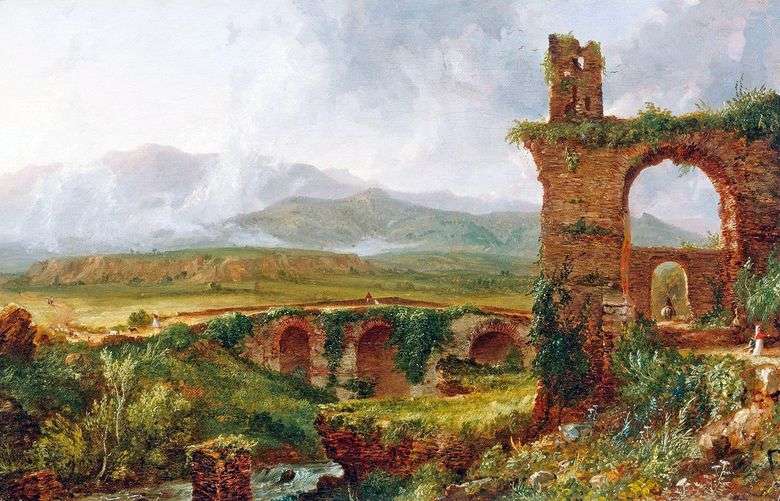 Paisaje cerca de Tivoli – Thomas Cole
Paisaje cerca de Tivoli – Thomas Cole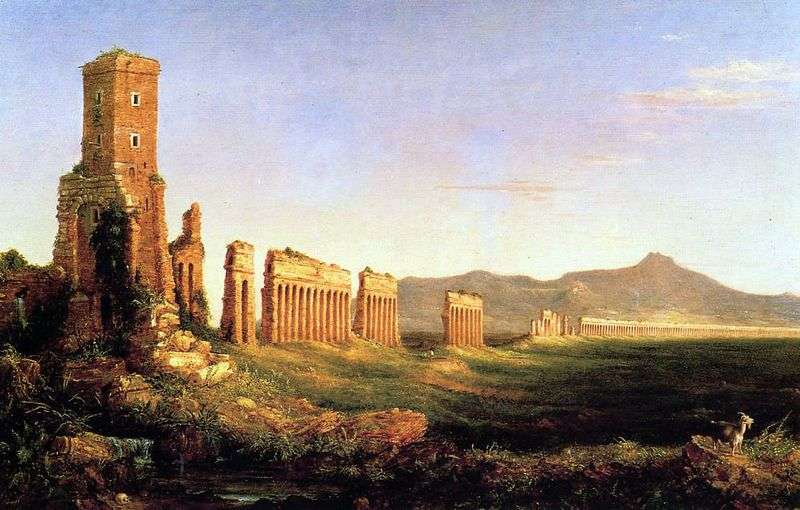 The aqueduct near Rome by Thomas Cole
The aqueduct near Rome by Thomas Cole The Great Cascade in Tivoli by Jean-Honore Fragonard
The Great Cascade in Tivoli by Jean-Honore Fragonard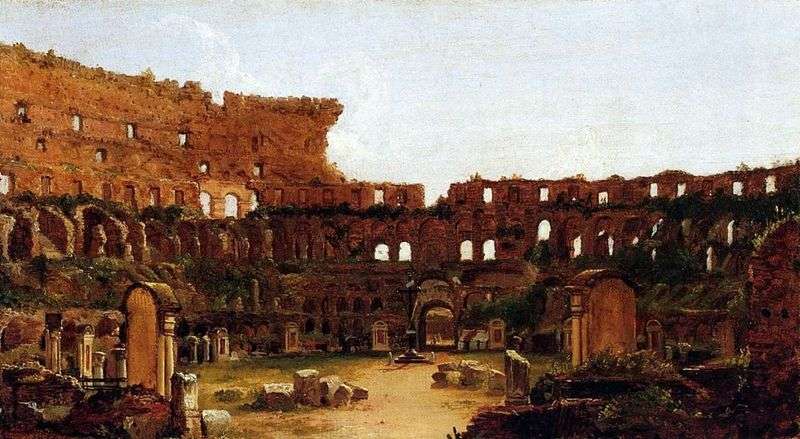 The ruins of the Coliseum by Thomas Cole
The ruins of the Coliseum by Thomas Cole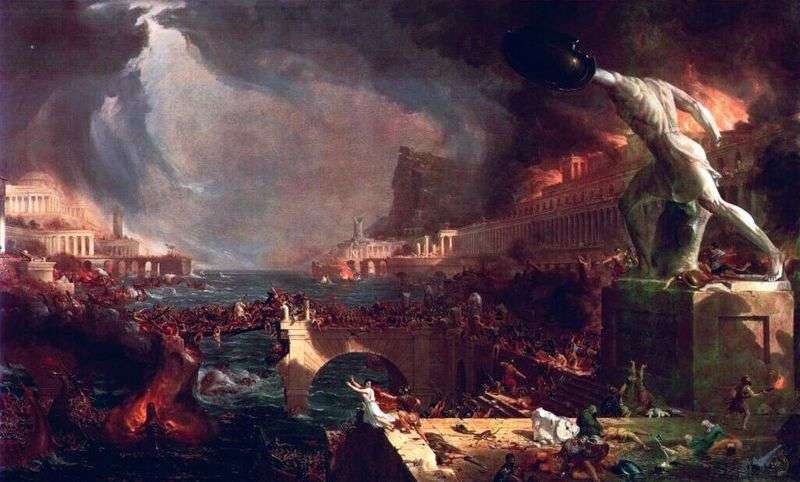 The Fall of the Roman Empire by Thomas Cole
The Fall of the Roman Empire by Thomas Cole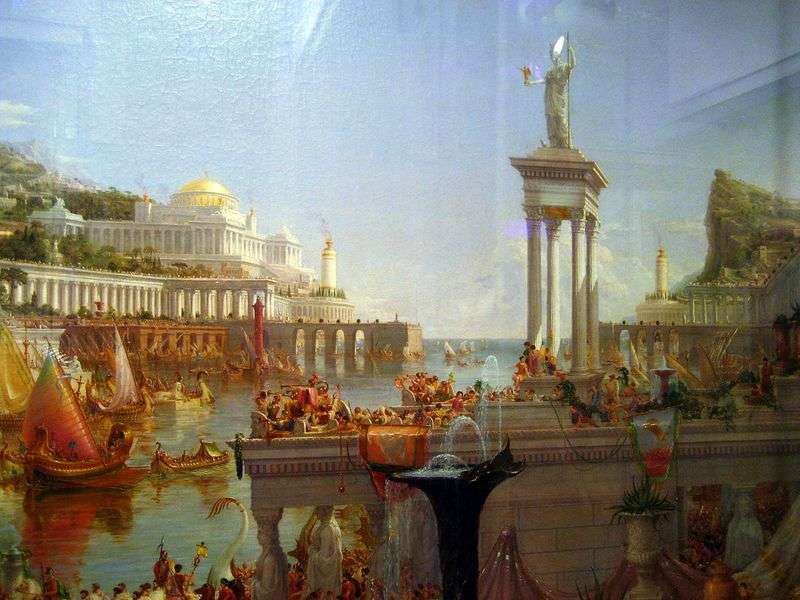 The heyday of the empire by Thomas Cole
The heyday of the empire by Thomas Cole Grande Cascade à Tivoli – Jean Honoré Fragonard
Grande Cascade à Tivoli – Jean Honoré Fragonard